Located on the Pelješac Peninsula in southern Croatia, the City and Walls of Ston are a testament to the rich history of the Republic of Dubrovnik. Built in the 14th century, the walls stretch for 5.5 kilometers and are considered some of the best-preserved fortifications in Europe.
The Origins of the City and Walls of Ston
The Republic of Dubrovnik, also known as the Republic of Ragusa, was a maritime and merchant republic that flourished in the 14th and 15th centuries. It was a major power in the Adriatic Sea and had a diverse and multi-ethnic population. Despite being well protected by massive city walls (Today’s Dubrovnik City Walls), the Republic of Ragusa used the island Pelješac to build another line of defense. This way, they also ensured that the valuable salt production in Ston was well protected.
In the late 13th century, the Republic of Dubrovnik realized the need to build a fortified city and walls to protect its citizens and valuable trade routes. The city and walls of Ston were constructed between 1333 and 1357, with the walls being completed in 1358.
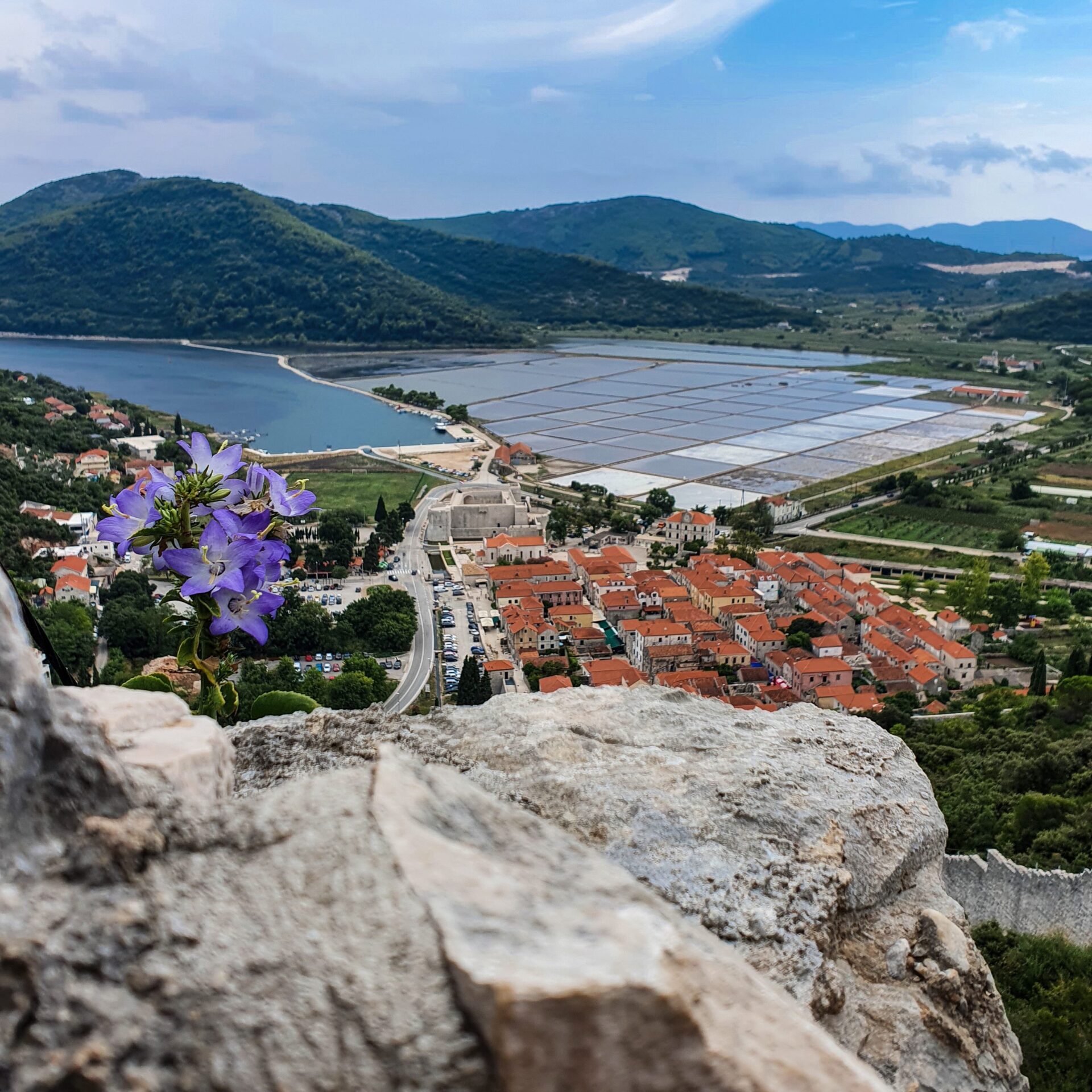
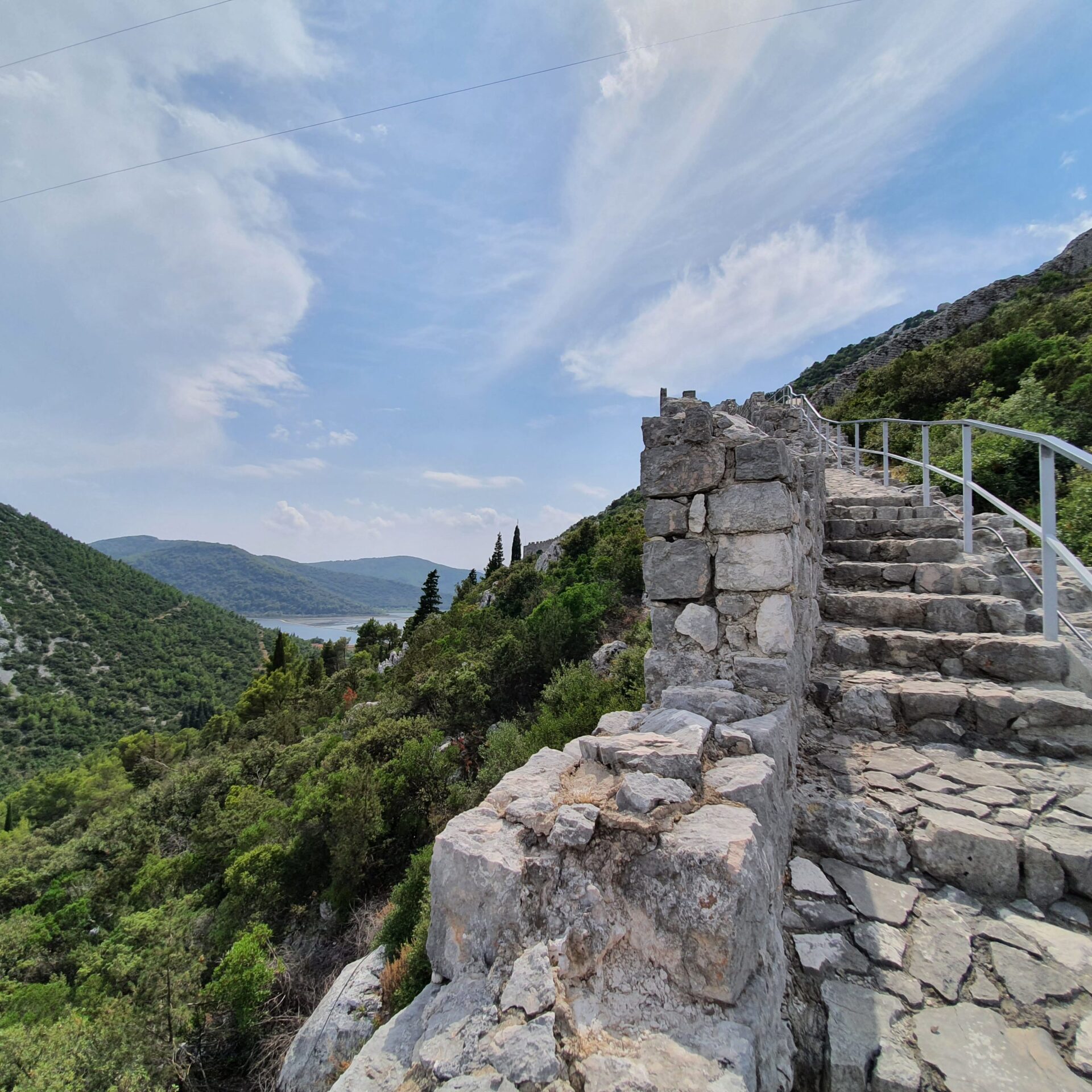
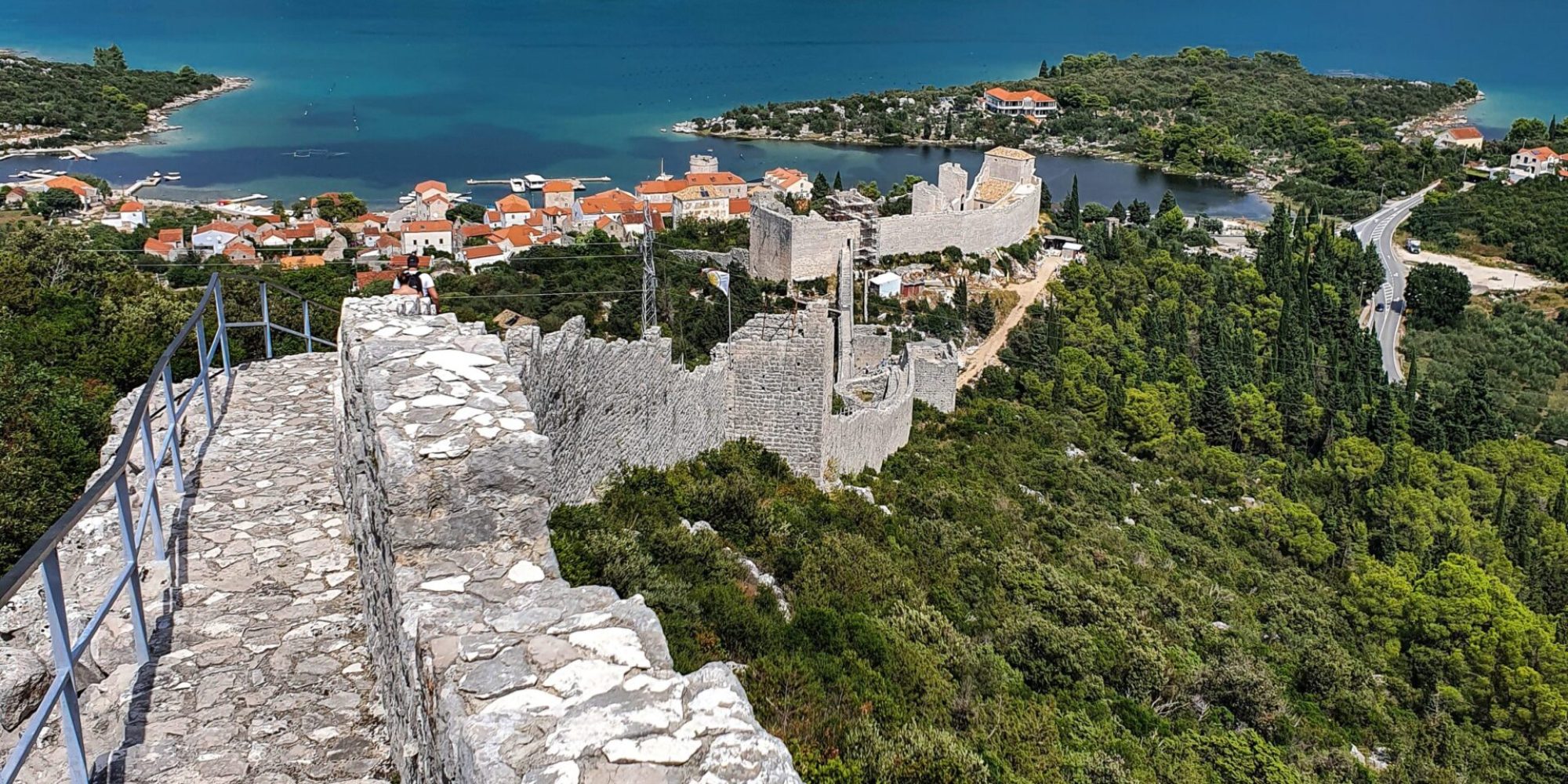
The Structure of the City and Walls of Ston
The City and Walls of Ston are a complex and impressive feat of engineering. The walls are made of stone and are approximately 6 meters thick and up to 8 meters tall. They were built with an outer and inner wall, with the space in between filled with earth to absorb cannon fire.
There are 40 towers and five fortresses along the walls, which were used for defense and as lookout points. The main entrance to the city is through the Great Gate, which is guarded by two towers and leads to the main street of Ston.
The Role of the City and Walls of Ston in the Republic of Dubrovnik
The City and Walls of Ston played a crucial role in the defense and prosperity of the Republic of Dubrovnik. The walls protected the city and its citizens from invaders, and the city itself was a major center for trade and commerce.
The Republic of Dubrovnik was known for its diplomacy and peaceful resolution of conflicts. The City and Walls of Ston were a symbol of its strength and resolve. The walls also allowed the Republic to maintain its independence and autonomy, as it was able to successfully defend itself against foreign threats.
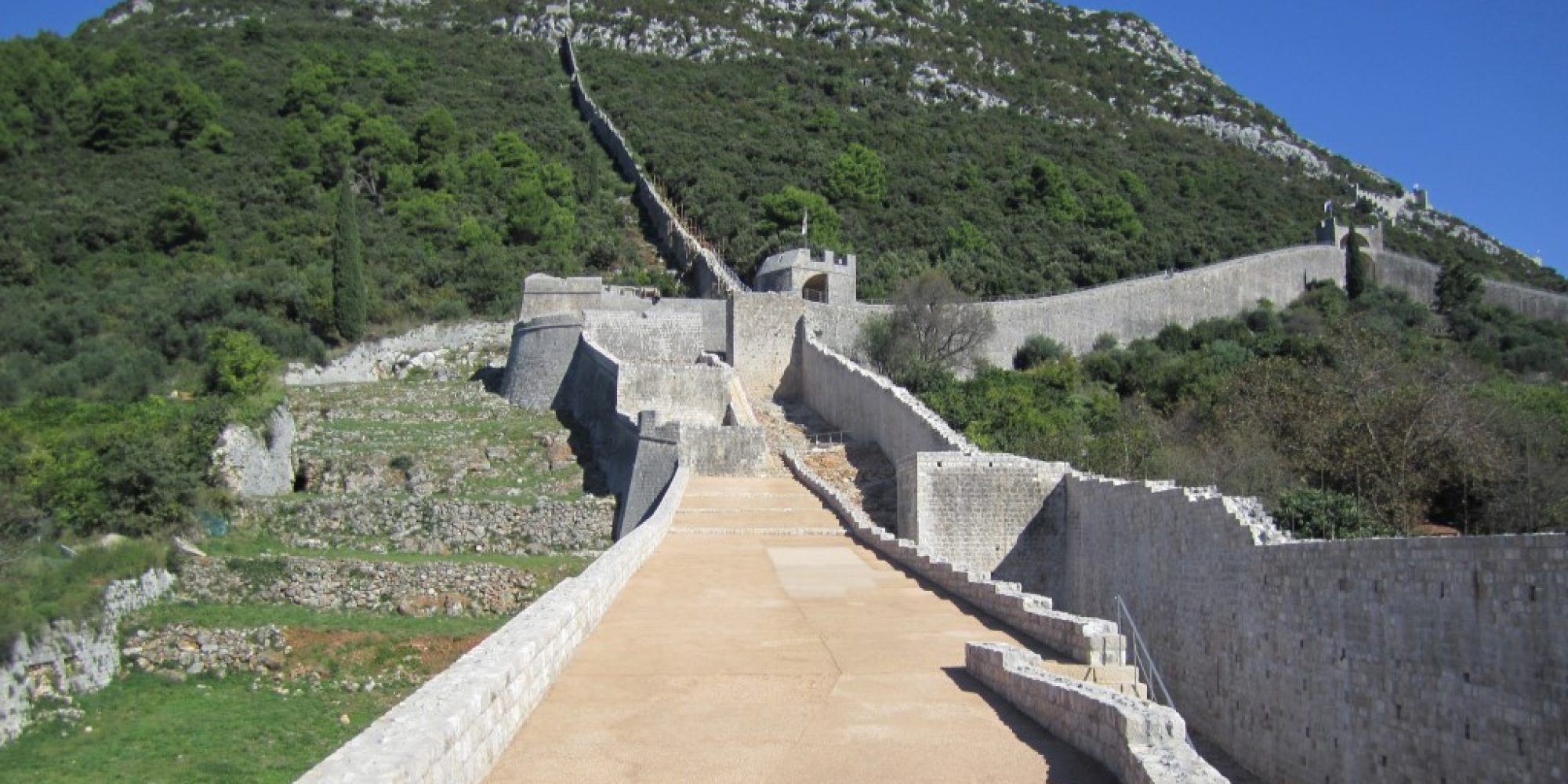
The Legacy of the City and Walls of Ston
Today, the City and Walls of Ston are a popular tourist destination. They attract visitors from around the world who come to see the well-preserved fortifications and learn about the history of the Republic of Dubrovnik. The Walls of Ston are also known as the ‘European Chinese Wall’, being one of the longest preserved fortification systems in the world.
The City and Walls of Ston stand as a testament to the ingenuity and resilience of the people of the Republic of Dubrovnik. They are a reminder of the rich history and cultural heritage of this region and serve as a valuable cultural and architectural treasure.
You also might be interested in…
Coming soon – Half-Day Outdoor Rock Climbing Session island Pag
Pag
Coming soon – Historical Walking Tour Days Starigrad on Hvar island
Starigrad
Coming soon – Ante’s Famous Minibus Tour – to Krka National Park
Krka
Coming soon – Climb to Medvednica nature park guided tour
Medvednica


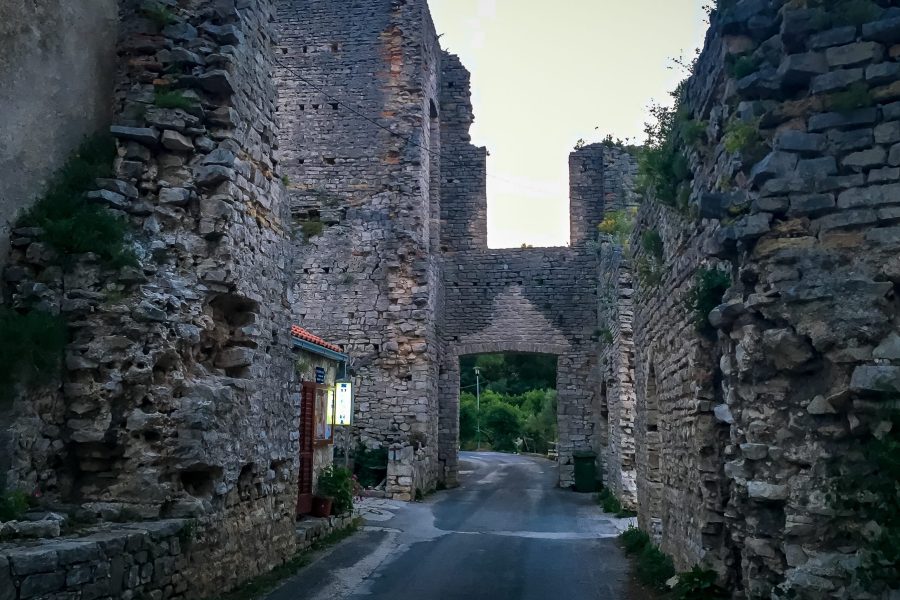





Comment (0)